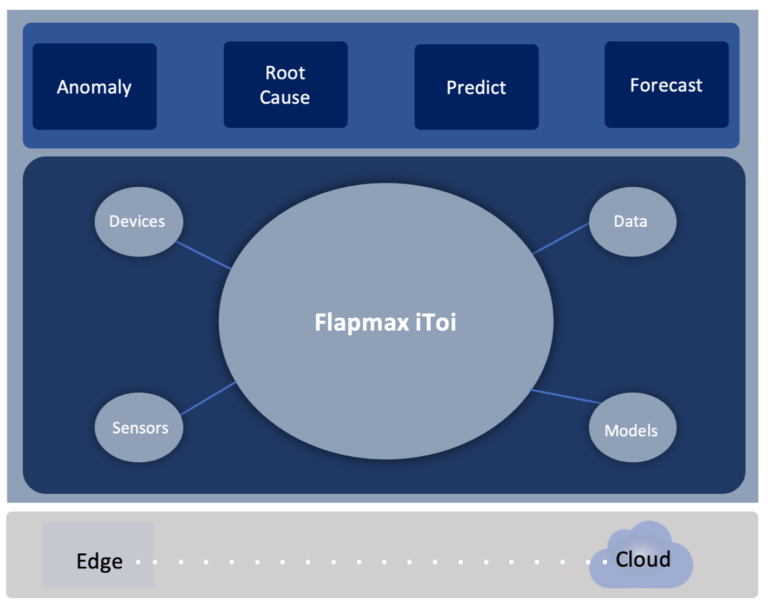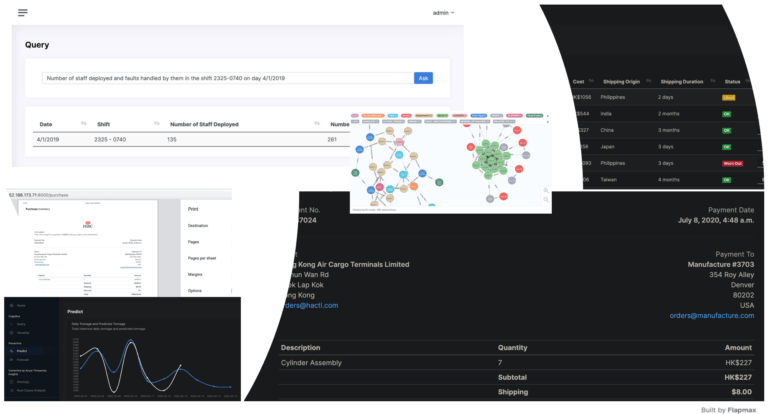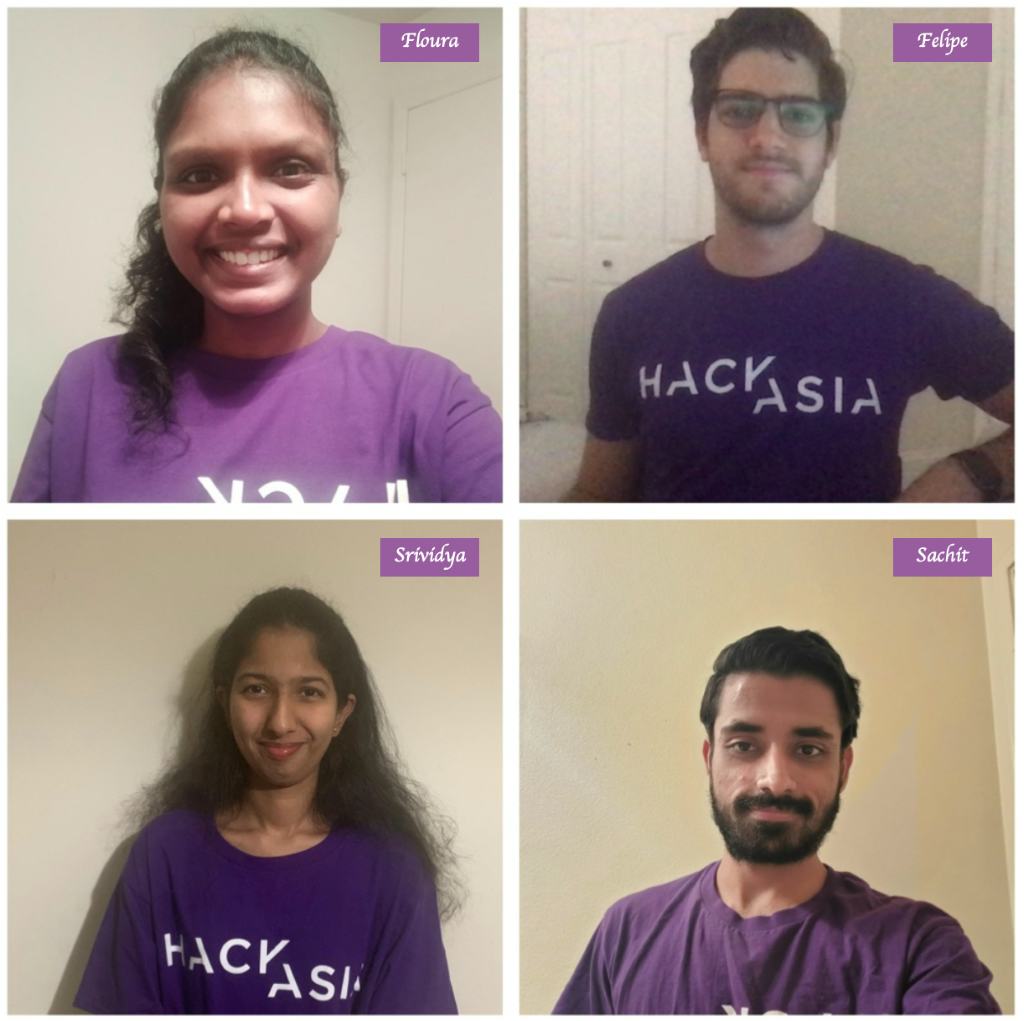Flapmax Interns Selected as Finalist in Global Hackathon for Industry 4.0

During the weekend of the 4th of July, summer interns at Flapmax participated in the exciting HackAsia 2020 hackathon. After a long, exhilarating weekend of hacking and coding, they built a satisfying prototype that leveraged multiple technologies to enhance predictive maintenance, an increasingly important use case of AI in Industry 4.0. This article was contributed by the interns.
HackAsia is an initiative to design and develop technology-driven solutions to address the current challenges faced by market-leading businesses in the region. Among its various challenges for startups, we were shortlisted to participate in the hackathon presented by Hong Kong Air Cargo Terminals Limited (Hactl), one of the world’s leading air cargo terminal operators and a key player in Hong Kong’s thriving air cargo sector.
The Challenge
The challenge focused on three main aspects: enhance the ability to foresee and predict operational issues; improve the availability/mean time to repair (MTTR) and technical staff inefficiencies; and reduce maintenance downtime and cost.
Hackathon data was provided as multiple compressed files consisting of automated cargo handling system, cargo operation and flow, and maintenance data. To prepare this data for predictive modeling, we applied simple preprocessing technique by first transforming the data to Pandas Dataframes and then resolving issues related to null parameters, data type inconsistency, and redundant columns/rows. Thereafter, queries were triggered to store data frames as tables in Azure PostgreSQL database. This database would later allow us build a knowledge graph combining entities from the database with predictive models generated within the Flapmax IoT platform.
Building atop Flapmax Platform for Industrial IoT
Leveraging Flapmax technology for Intelligent Things of the Internet (iToi), our team implemented an end-to-end solution for anomaly detection, root cause analysis, predictive maintenance, and forecasting. The Flapmax iToi platform allows developers to integrate sensors, devices, data sets, and models in a unified fashion, providing a simple, easy-to-use set of APIs for automation, monitoring and rapid decision making.

Building intelligent applications for Industry 4.0 with Flapmax Intelligent Things of the Internet (iToi).
Based on iToi, a random forest model was developed for the tonnage prediction and a time-series forecast model created for number of faults estimation, while decision classifiers and regression models were implemented to find the cause of the fault.
We also employed a ranking system to rank specific staff associated with a given piece of equipment, fault type, and fault code on a basis of elapsed time to select the “best staff members” in order to reduce the elapse time and minimize the mean time to repair (MTTR). We then created a knowledge graph that correlated all the attributes to form entity relationships, which when combined with the predictive models, allowed us to make more intelligent predictions and forecasting about operational issues and technical staff inefficiencies. The complete system, front-ended by a Django dashboard, was deployed to Azure within an Ubuntu-based VM.

Application dashboard providing real-time operational insights with support for parts ordering/payment and NLP-based query engine.
Lessons Learnt
The chance to create a product prototype from scratch in only a few days is an exhausting yet rewarding experience, and all in all, it was a memorable—albeit restless—experience during HackAsia 2020! The biggest strength of a traditional, in-person hackathon is the coming together of various participants to develop an idea into a prototype with the infusion of great energy, team spirit, accountability, enthusiasm, and networking.
Despite the lack of this in-person experience our team maintained high morale through online collaboration with those core principles in mind, strategically planning our design, architecture, milestones, while constantly hopping on Teams meetings for progress checks. During this process we were continuously exposed to technologies and concepts that we hadn’t worked on before, and we learned a lot about different frameworks in a fast-paced but highly rewarding environment at Flapmax.
While our proof-of-concept implementation was targeted to air cargo terminal operators by allowing them a means to foresee and predict operational issues to optimize MTTR and reduce maintenance downtime, technical staff inefficiencies and cost, the solution itself is applicable to other areas of Industry 4.0, including smart building, smart city, agriculture, manufacturing and energy.
Final Thoughts
We would like to send huge thanks to everyone at Hack Asia and Hactl for the amazing opportunity to participate in this awesome event. We at team Flapmax send our regards to the folks in Hong Kong and wish the very best of luck to Hactl and their future endeavors!
If you are interested in opportunities at Flapmax, please reach out at info@flapmax.com.
